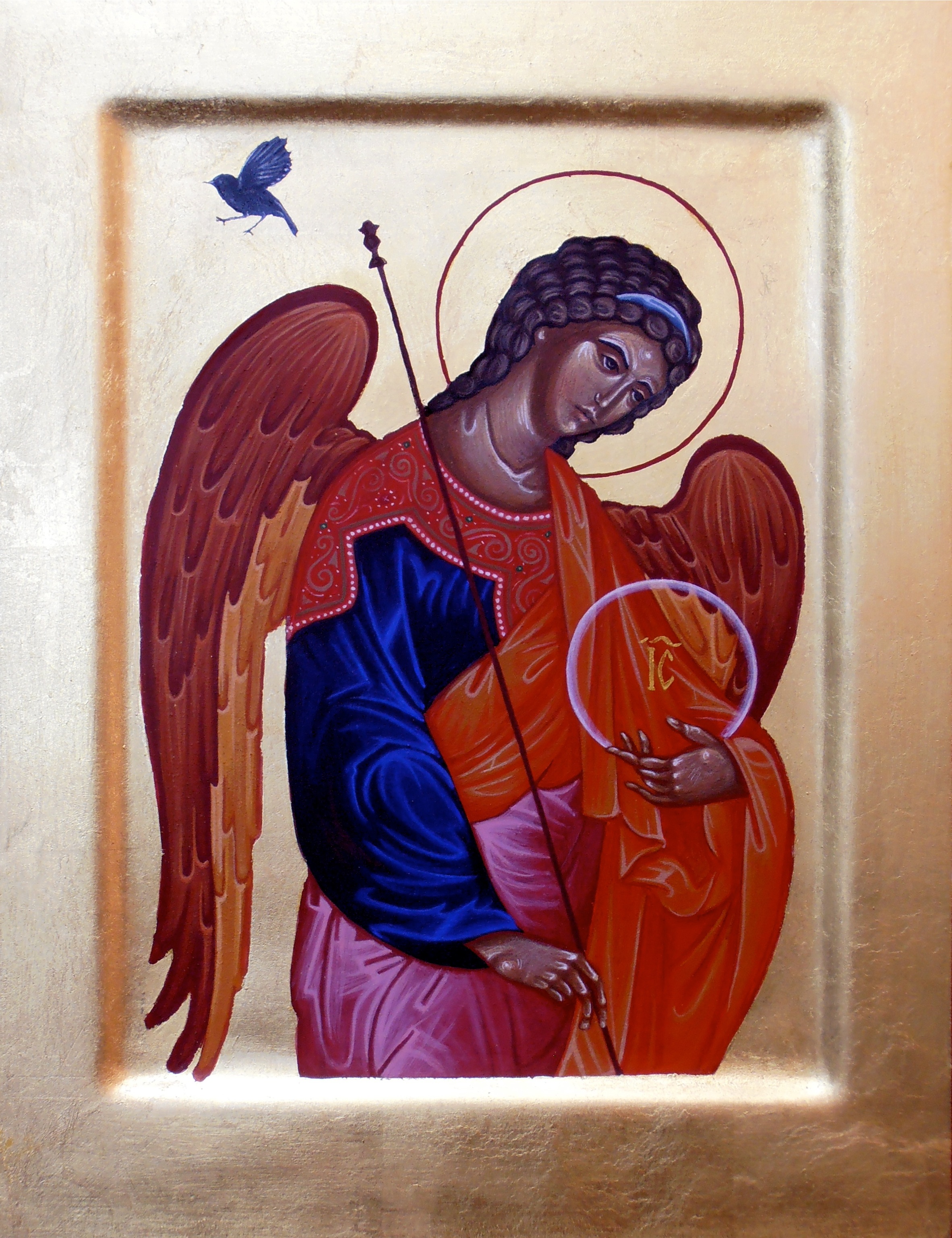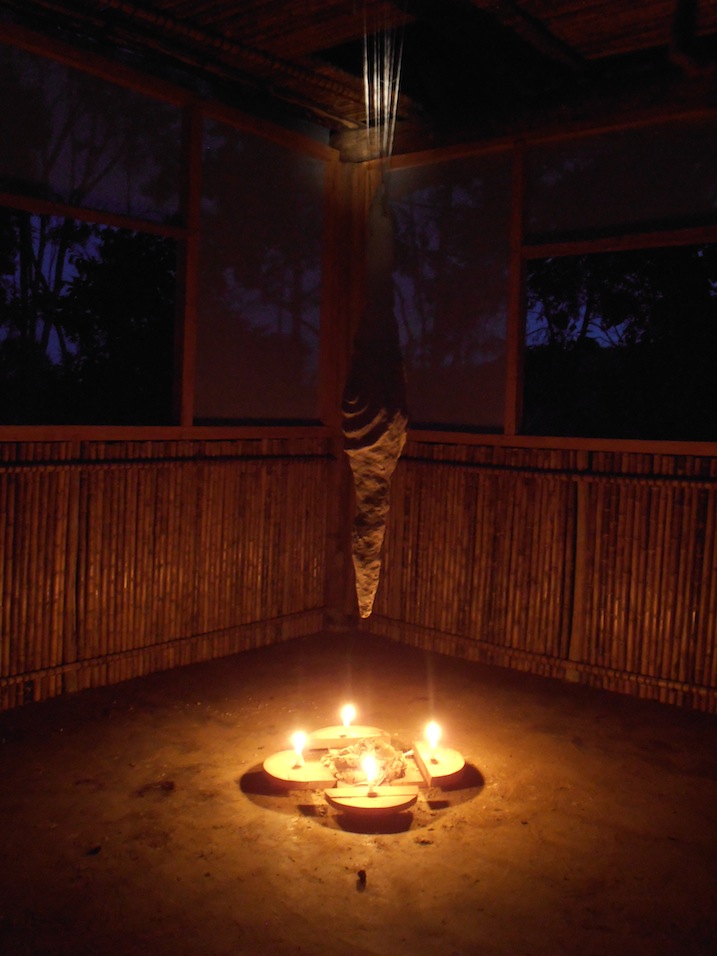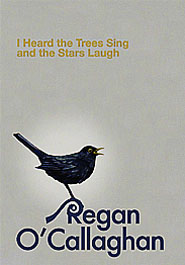 The jungle speaks in so many ways!
The jungle speaks in so many ways!
So what were my intentions for travelling to the Amazon, Peru? I left the leafy suburbs of West Hampstead early December flying first to the U.S where I spent a wonderful month in California which included leading an art workshop for the festival of Our Lady of Guadalupe at St. James Episcopalian Church, Oakland, California. The art scene in Oakland is fantastic! On the first friday of every month Art Murmer stages an evening of open studios, galleries and workshops, music, food and entertainment in closed off streets in the city. The creative buzz is contagious and I was especially inspired by Creative Growth Art centre which serves adults with developmental, mental and physical disabilities. Absolutely amazing work! I visited lots of galleries and museums in L.A and San Francisco and spent quality time with dear friends. The month went by rather quickly and before I knew it I was on a plane to Peru where the Amazon beckoned.
I didnt stay at my first port of call Lima but headed straigth up to Iquitos and a trip down the Amazon River to the Refugio Altiplano. I had stayed at the lodge before and so was looking forward to my time. Not surprisingly I got sick while there! The city in this gringo was strong! Bad spirits said the shaman after a night walk in the jungle. Two days in bed and regular visits and good care by the shaman and I was better!
Ten days later I caught a flight to Tarapoto and then a 45 minutes journey in a crammed taxi down a dirt road to the small village of San Roque de Cumbaza, home to 8oo people, 3 churches, friendly people and Sachaqa Art Centre my home for the next 2 and a half months. Here I was warmly welcomed by Trina, Daniel, Jacob, Grace Jones the cat and Arcoeides the Golden Labrador.
Sachaqa which is Quechuan for "spirit of the forest" is an artist residency. I had come hoping to learn about natural pigments found in the region and other natural materials and be inspired by the Amazon. One of my first experiences was a visit to Chazuta a small town a few hours away. Famous for its handmade crafts, I was also planning to collect small stones from the river to make into pigments but the rain had other ideas. However I did see some of the work of the locals including a visit to a small museum of ancient ceramic burial pots. It is here I learned about the "The Stepped symbol and the Wave".
This symbol which I drew a copy of is one of the most recuring symbols in the iconography of the region including the Northern Andes. Studies about the steps and spiral especially from the iconographic point of view seem to indicate that the symbol represents a close relationship between life and death (1). Which made sense of why it is found on the ceramic burial urns. It also intrigued me due to my love of the Koru a Maori symbol of eternal life. Chazuta is also a community in which traditional medicines is deeply rooted including use of the plant medicine Ayahausca or "vine of death".
Even within my short time in the jungle it was easy to see why a symbol of life and death would be so relevant. The constant rhythm of the jungle reveals an ongoing life and death drama! From the quick lives and easy deaths of million of insects, the constant falling and rotting leaves, to the local river which had washed away villagers during flooding after heavy downpours, death was ever present. But so was life. The crops of coffee and banana on steep hillsides were a reminder of the people etching out a living in what could be a harsh environment. The creativity of the people and their crafts a powerful symbol of strength and perseverance. The women ceramists of Chazuta's deep rooted belief in ancient traditions and crafts are seen as a resilient force even when the town was plagued by drug trafficking and violence. The leaf cutting ants even made me think of how amazing life is! And the huge variety of life in the jungle from the beautiful Azul butterfly that wafts past everday to the birds, and plants and animals and stars at night.
I had begun to understand that my time in the amazon was going to be so much more than just learning about natural pigments. I also sensed the jungles whisper was going to challeenge me to a some wild experiences and that my boundaried inner cityscape would be quickly overgrown and made moist by an ever expanding jungle. I dont for a moment believe life is a board game but lifes ups and downs its joys and sorrows its passions and disappointments seem intensified in the jungle. So what next for this priest/artist?
1. "Chazuta Arte Ancestoral" J. Barta Del Castillo & A. Narvaez Vargas. Reg. Gov. of San Martin. 2000 pg. 61.www.stjamesoakland.comwww.oaklandartmurmer.orgwww.creativegrowth.orgwww.sachaqacentrodearte.com
























